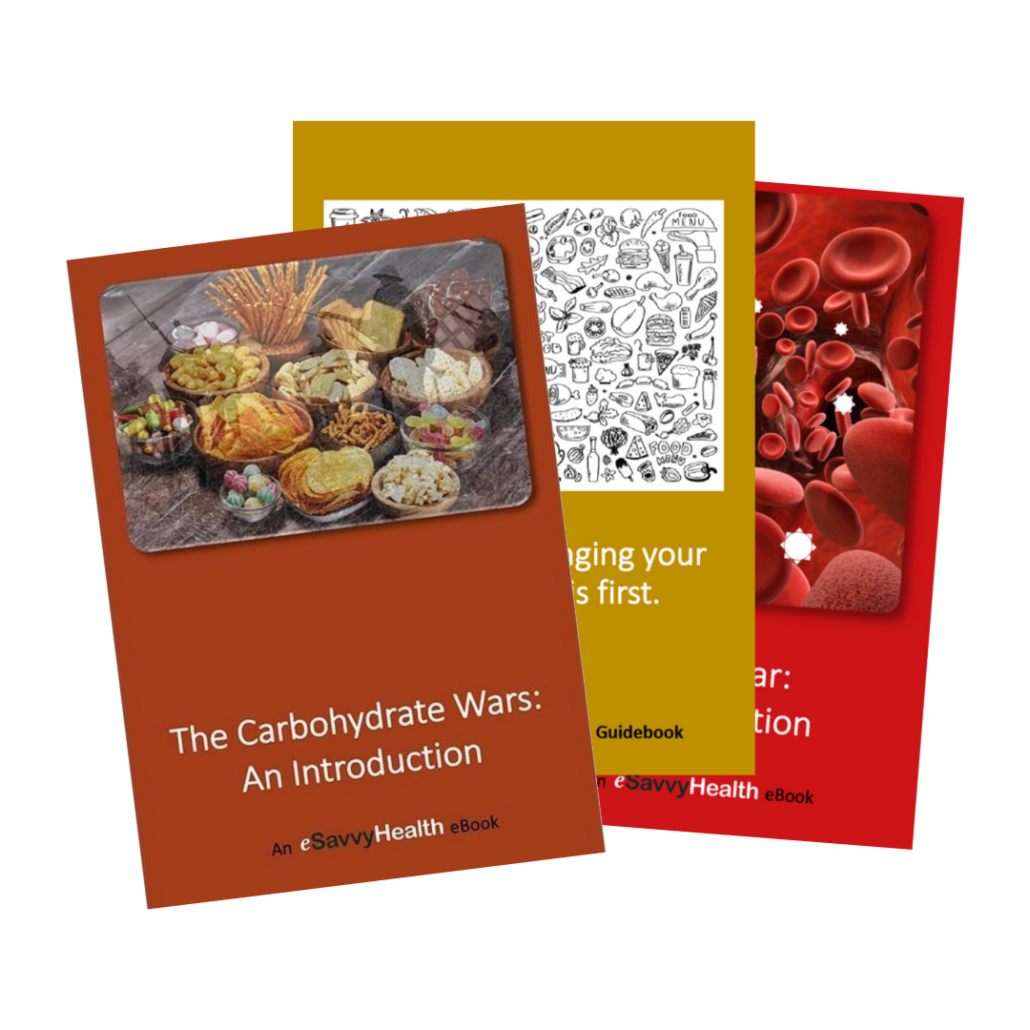One of our body’s primary fuels is a form of sugar called glucose, which is carried in the blood to cells. As molecules go, glucose is a not a large one, but it packs quite a bit of punch in the form of energy.
Although our bodies can make glucose from other substances if necessary, glucose is most commonly produced by breaking down the carbohydrates we eat, which is generally energy that was originally captured from the sun by a plant.
There’s a lot that has to happen to get glucose into the bloodstream, starting with the food choices you make in a grocery store or at a restaurant. Next is the digestion process. But that’s just the beginning.
For one thing, once it’s in the bloodstream the glucose has to somehow get from the outside of the cell to the inside, passing through a barrier called the cell membrane through gates that are called carrier proteins.

Once in the cell, glucose is broken up into even smaller pieces. [1] Those smaller pieces are then fed into cellular energy factories called mitochondria. In the mitochondria, the energy in glucose is used to generate the magical molecule ATP, which contains the energy in a form that the body can use in many ways.
By then, the original glucose molecule has been completely converted into carbon dioxide and water, having given up all of its useable energy. This breakdown of glucose is called glycolysis (glyco = glucose, lysis = breaking apart).

It’s important to know that these steps require not only glucose, but also quite a collection of other substances, including certain vitamins and minerals. Which means that if you only consume foods that turn into glucose (that is, pure carbohydrates), you will run out of energy no matter how much you eat.
1. To be precise, this first stage of the breakdown of glucose also releases energy that charges up a few ATP molecules, but what happens in the mitochondria results in a much higher amount of ATP.





